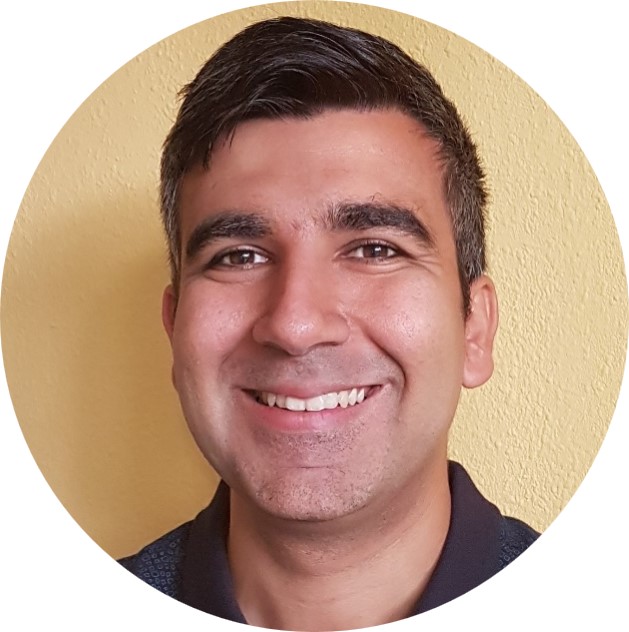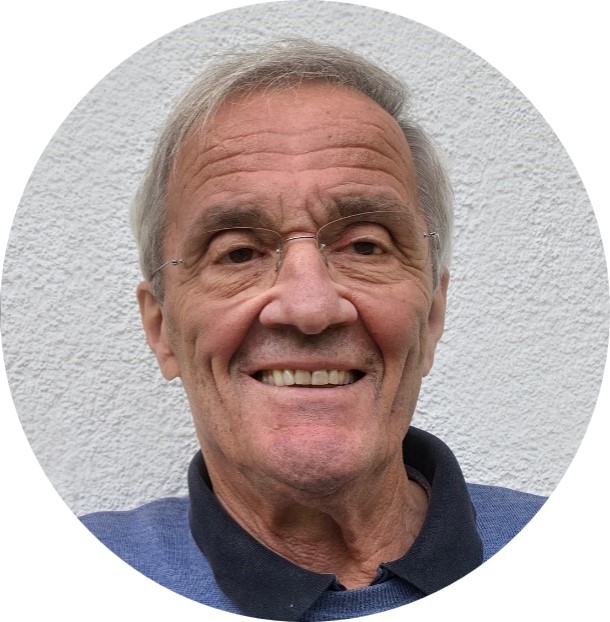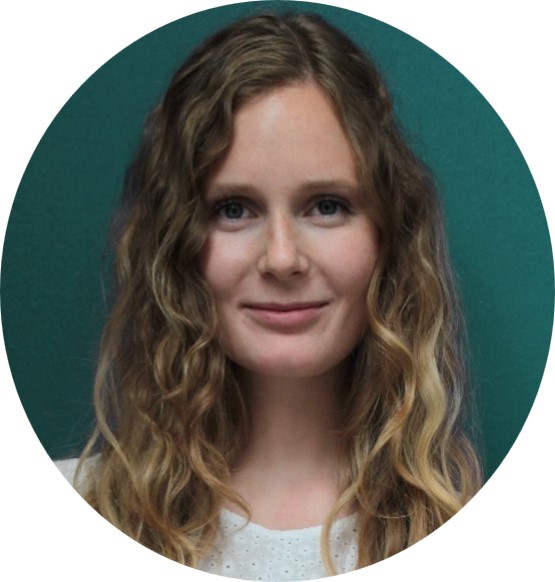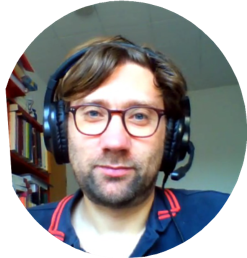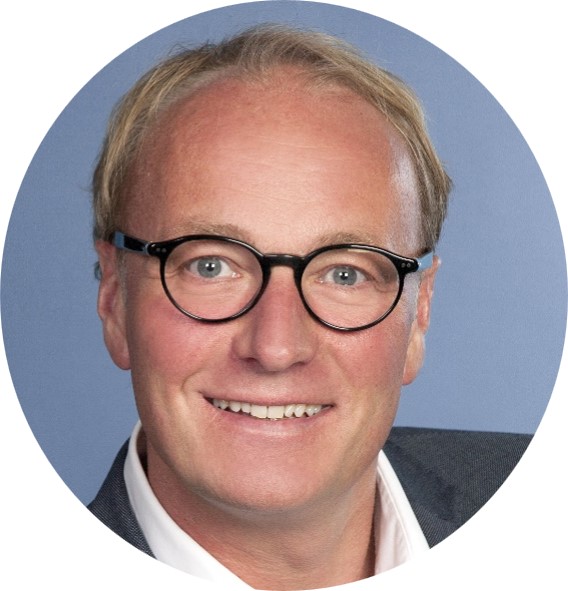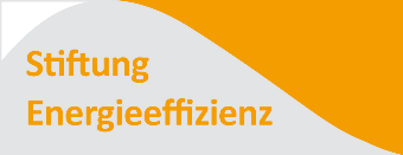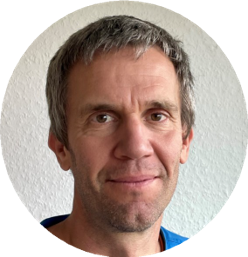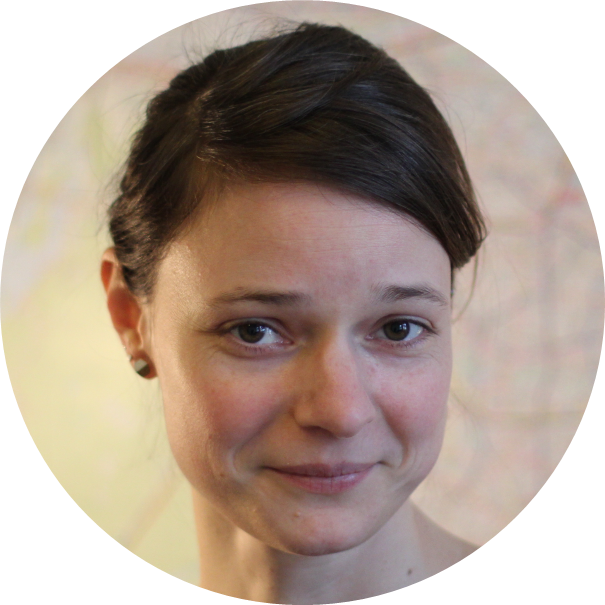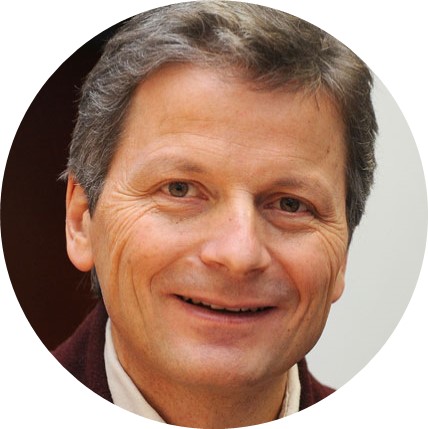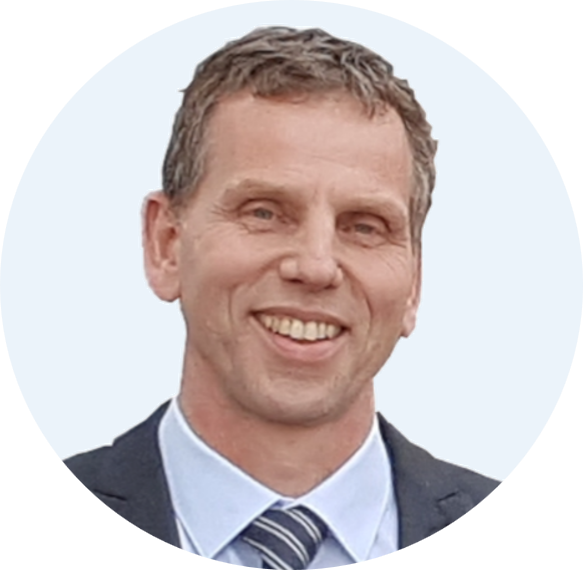The open platform for evidence-based climate protection
Decision-makers often lack valid data to control, for example, the emissions during the construction of buildings, the CO2 balance of district heating and biomass or the actual CO2 savings through a heating conversion.
This is where the sustainable data platform with its holistic methodology comes in, in order to demonstrably achieve climate protection goals from personal CO2 footprints to municipal targets. The focus is on the building stock.
The predominantly voluntary set-up of the community-oriented and open platform is carried out by civil society with the help of committed companies and science. In the status prototype or proof of concept, methods proven in practice are further developed into digital tools: for a strong Europe with a democratic data space.
Find out what opportunities the open platform offers you: In the next 10 minutes or on your way to climate neutrality. We would be happy to inform you about our digital tools, your possibilities to engage in the transparency offensive and the approaches to stabilization.
Transparency initiative for the heat transition
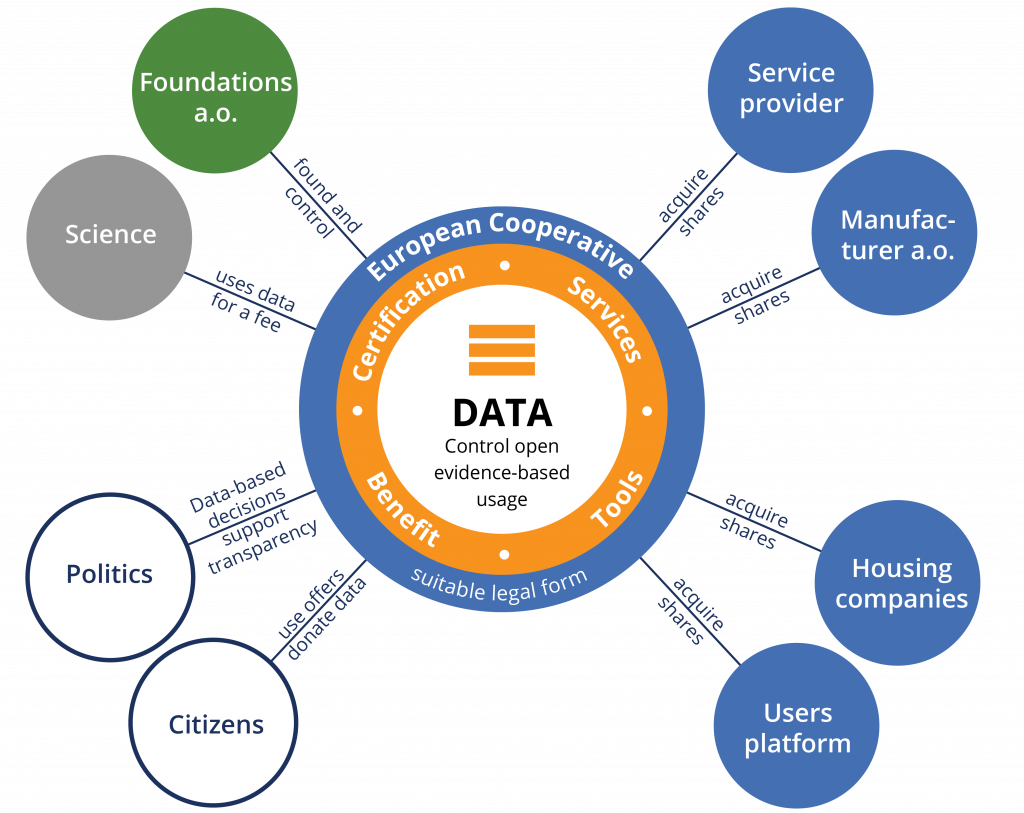
The year-end meeting of the sustainable data platform took place in Cologne at the end of November 2022. Among other things, the topics were a better understanding of data for a common welfare-oriented value creation and the coordination of a transparency offensive with a focus on heat pumps and district heating.
For the continuation of the growing platform, the foundation of a European cooperative was discussed, which is financed by the services of the platform.
Initiative:
Transparency offensive
With the transparency offensive for a climate-neutral building stock, the sustainable data platform provides the first open tools for heat pumps and district heating, among others, for public use. Multipliers such as neighborhood managers are welcome for testing and further development.
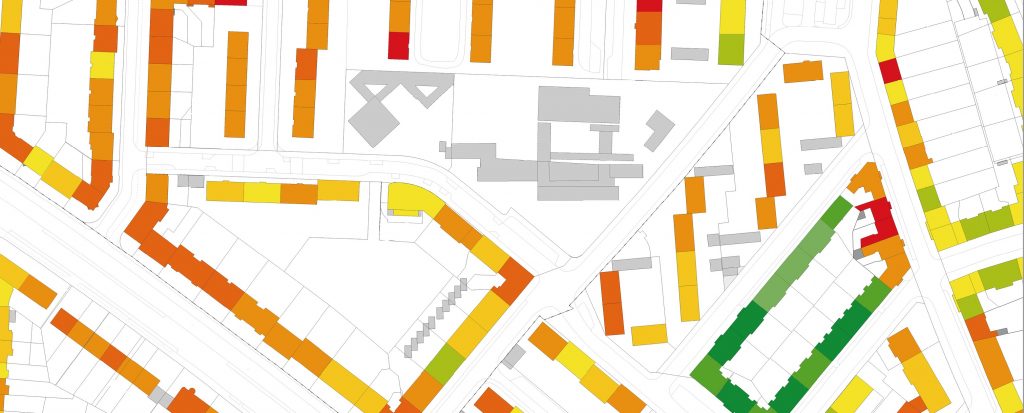
Citizens, building owners and tenants can also obtain advice on how to save costs and protect the climate. The first info-corner prototype was opened in Cologne, based on the open and neutral advice offered by the green-energy-centers in Innsbruck.
Building data on energy and CO2 are used to generate benefits with the help of science. For improved control of the energy transition, the provision of open data, e.g. by network operators or manufacturers, is also required.
Interview:
Data-based climate strategy
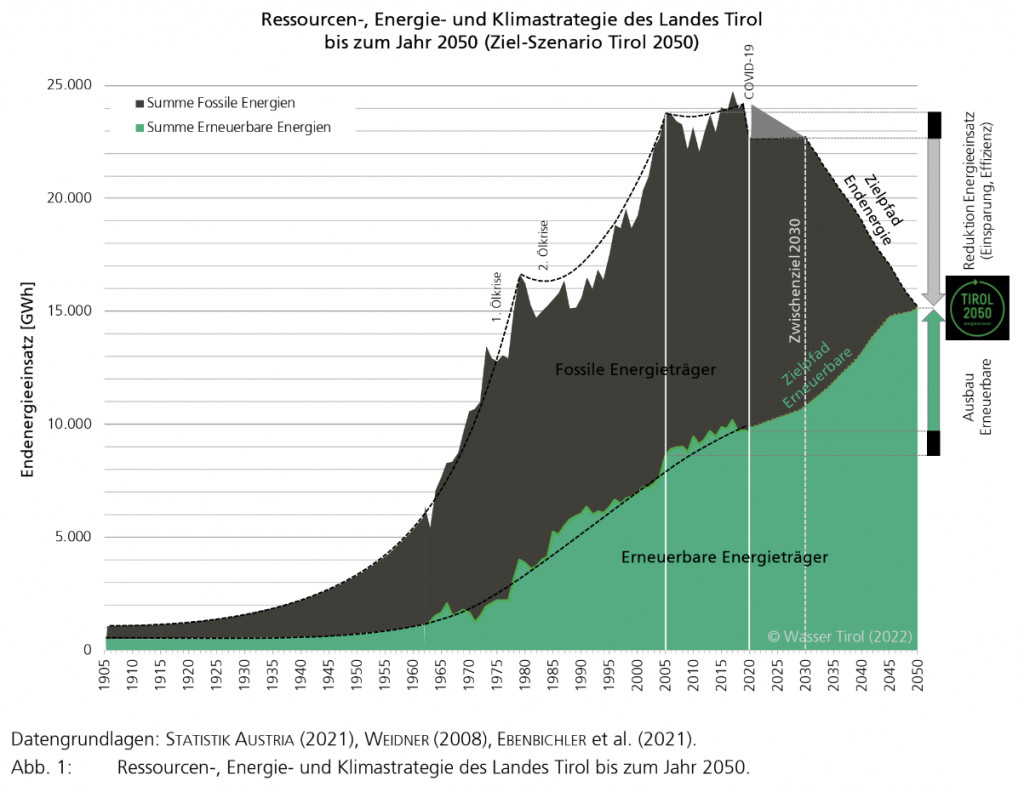
Figure: Tyrolean Energy Monitoring 2021: Status report on the implementation of the resource, energy and climate strategy program ““Tirol 2050 energieautonom” according to © E. Fleischhacker 2011, 2014
Restructuring of the energy system: Joint implementation of renewables, energy savings and increased efficiency
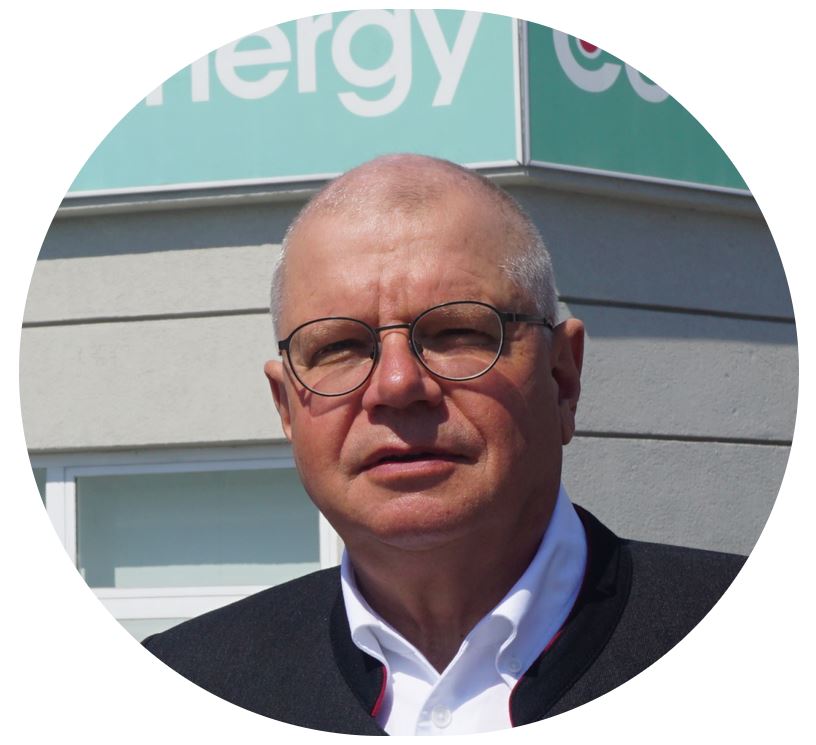
Dr. Ernst Fleischhacker studied and obtained his doctorate at the University of Innsbruck, with which he remained associated through teaching and research from 1979.
He was responsible for numerous national and international construction and infrastructure projects in the transport, energy and telecommunications sectors, as well as significant projects in regional development and resource management in Tyrol.
Dr. Ernst Fleischhacker, Green Energy Center Europe
Green Energy Center Europe in Innsbruck: Together with his son Nikolaus, Dr. E. Fleischhacker founded FEN Sustain Systems GmbH in 2014 and subsequently FEN Research GmbH with the research centers “EWest” and “HyWest”, which are a supporting component of the privately organized Codex Partnership of the Green Energy Center Europe.
Question 1: Dr. Fleischhacker, the status reports on the implementation of the Tyrolean Energy Strategy have been prepared since 2011 on the basis of a methodology developed by you. How does your methodology help to bring together top-down and bottom-up approaches to achieve target convergence in Tyrol?
Answer: Strategy needs a common goal. In our case, this is defined with the three words “Tyrol 2050 energy autonomous”. In order to achieve target convergence, measures, projects and independent feedback in the sense of reliable, objective data are interlinked. To this end, we have had a strategy-accompanying monitoring system since 2011, the annual reports of which are available to everyone on the provincial website. The central element is a cumulative chart on energy demand coverage, which shows the development to date since the beginning of the energy age, the status of what has been achieved and the possible target paths up to the year 2050.
From 2011 to 2014, the monitoring data served me in the development of a “Climate, Energy and Resources Strategy Program”, the results of which were incorporated into the government program and the dissemination strategy. Top-down, the measures and projects were e.g. provided with grant programs, and bottom-up, e.g. by the provincial institution “Energie Tirol”, an awareness-raising and citizen participation process was initiated.
In this phase, it has become clear to me that neither the public sector nor the private sector can initiate the dramatic transformation of the energy system that is necessary for target convergence. In order to keep the goal in mind and to support customers in the conversion of their energy system to climate neutrality and autonomy, we founded the startup FEN Systems and the Green Energy Center Europe. Our fact-based approach to development and education allows us to support and engage stakeholders in “goal convergence work” on many levels.
We look forward to the annual energy monitoring results. They enable us to go beyond the work of existing institutions and companies to tackle difficult issues and implement necessary projects such as the optimization of “Power on Demand” and “Power to Hydrogen” processes.
Question 2: A successful energy strategy depends on many factors. How important is independent feedback in order to meet resource and climate protection targets in the face of stricter requirements and time running out?
Response: In 2019, with the help of the feedback, the public sector made the first drastic course correction in the area of target paths: The energy savings target was reduced from -50% to -37%. In return, the use of our clean resources of water, sun and wind was pushed to achieve the target. This top-down decision of course also has a great impact on the bottom-up processes, in which individuals are given legal and financial means to install more PV systems, for example.
However, the fact that the CO2 target path has not been reached so far is due to the inertia of the substitution process of oil, gas and coal. More than 1/4 of the time for reaching the target, which was initially criticized as being far too long, has already elapsed. The initial top-down accountability is no longer there, and monitoring data shows that year after year, it is getting harder to back up and present target achievement trajectories with appropriate measures.
Independent feedback is especially crucial now, when with increasing pressure, powerful stakeholders, dogmatists and “hyper” pull with forces on the strings of the energy & environment knot. This becomes daily denser and appears in connection with the me-dial polarization already insoluble. I see here – following the realizations of my decades-long work with young students – the individual, who independently of this spectacle (now, thank God, visibly increasingly) begins to determine its coordinates for itself and falls back thereby on independent information. The question, what contribution can I myself make to achieving climate change goals, is rapidly increasing (especially among young people).
In recent months, publicly accessible “artificial intelligence chats” are gaining in importance. Knowledge painstakingly gathered over the decades with books, studies and then Google in response to the question “Climate neutrality and autonomy, what should I do?” can now be drawn from AI chats. In order to train AI accuracy with the rapidly increasing availability of information, the data from the sdp is simply necessary. From our own application of sdp heat pump monitoring in our basement, we know that we currently generate “only” just under 3 kWh of heat from 1 kWh of electricity with our groundwater heat pump. We can increase this yield by more than 60% through appropriate measures and significantly improve our contribution to the resource and climate balance.
Question 3: The sustainable data platform stands for na-chweis-based bottom-up monitoring. What significance can the sdp have for a successful energy strategy?
Answer: The importance of the sdp is – as derived above – crucial: The “individual”, who is active as a consumer, buyer, worker, manager, thinker, voter, etc., needs independent feedback in the form of objectified information and data.
The evidence-based bottom-up monitoring of the sustainable data plat-form is the indispensable basis for responsible action. If the “individual” can solve his small and big problems independently and based on facts and can communicate respectfully in the sense of common goals, then I think we are all helped, our environment and the planet.
Thank you very much for answering the questions.
Information:
Mobilizing the “Data Revolution for Sustainable Development”
Data in the right place at the right time: for affordable CO₂ reduction paths.
“Data is the lifeblood of decision-making and the raw material of accountability. Without high-quality data that provide the right information about the right things at the right time, designing, monitoring, and evaluating effective policies becomes nearly impossible ” [UN-A World that Counts, 2014]“.
The sdp aims to support the sector-linked heat transition with high-quality data and thus contribute to mobilizing the UN’s data revolution for sustainable development.
Final energy consumption in Germany by season (2015 values)
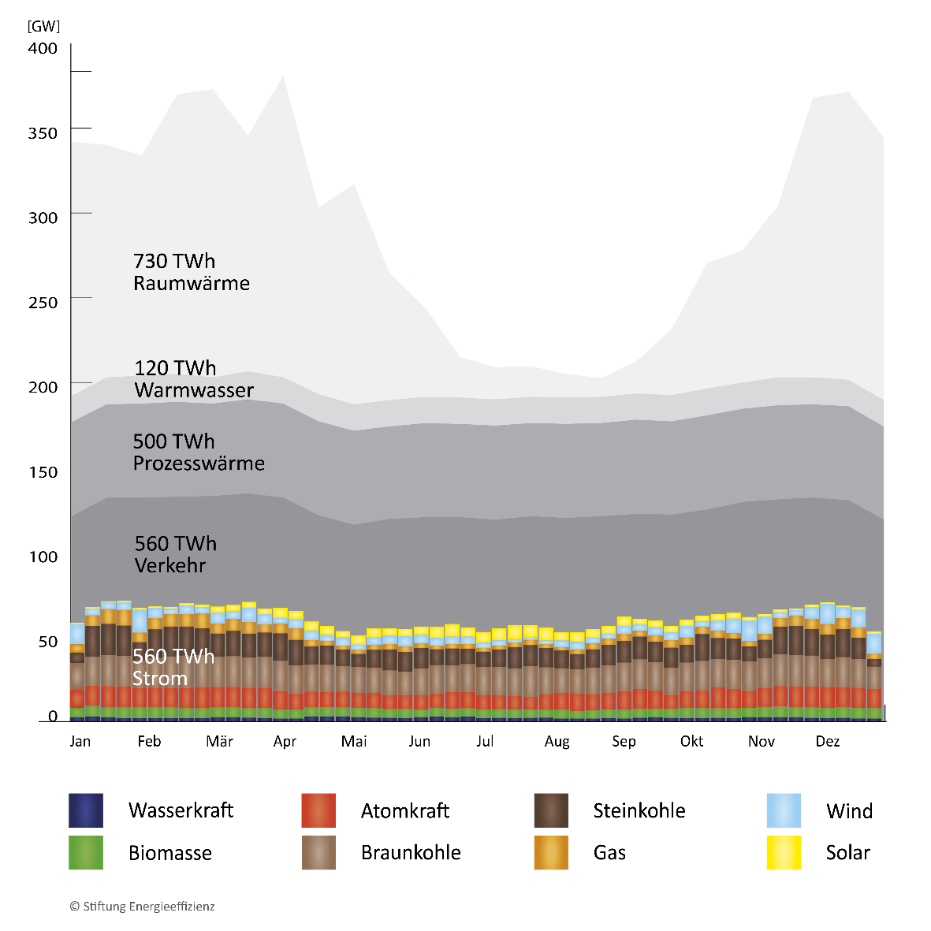
In 2015, the share of renewable energies in total final energy consumption was 14.9 %. The share increased to 19.7 % by 2021. However, only about one third came from solar and wind [UBA 2022]. If heat and transport are included, the majority of renewable energy comes from biomass. Data basis graph: [Stiftung-Energieeffizienz 2016].
The goal of sdp is a holistic data view that goes beyond “all electric” to include, for example, savings, solar heat, responsible biomass use, and resource-conserving construction in a successful trans-formation.
Information:
Evidence-based sdp methodology
Holistic methodology to meet climate protection targets in an evidence-based manner
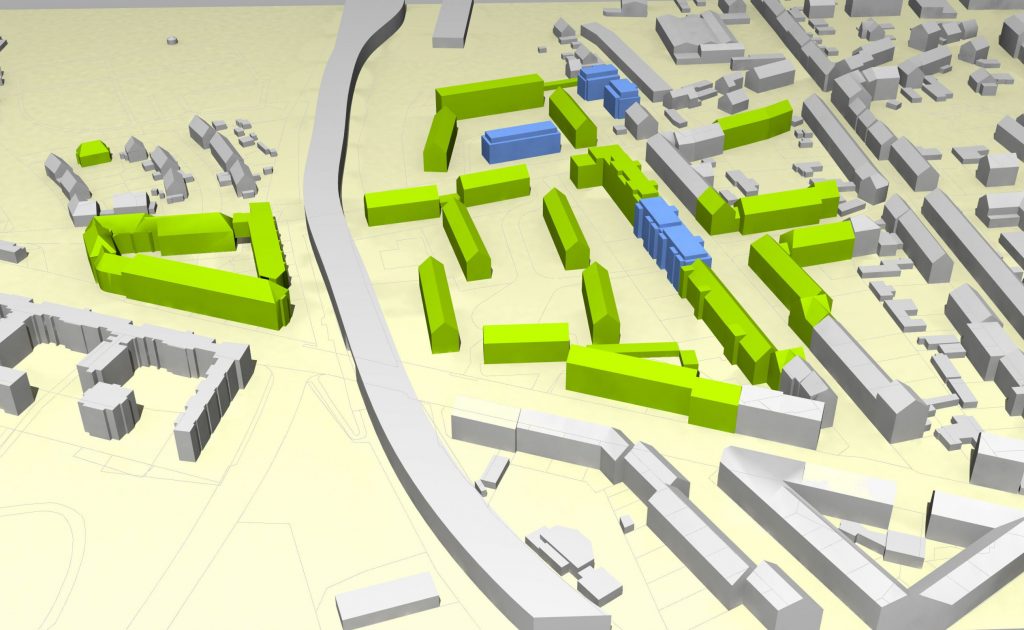
The aim of the sustainable data platform is to create a consistent and independent methodology for economically achieving climate neutrality for citizens and municipalities in Europe.
Although climate protection has been discussed since the first report to the Club of Rome in 1972 entitled “The Limits to Growth”, there is a lack of tangible metrics for citizens, businesses and stakeholders that are aligned with the Paris Climate Agreement and the UN Sustainable Development Goals.
Decisions for effective and affordable climate protection often cannot be made: from private purchases, to building renovation, to planning municipal measures. Not even the CO2 emissions from the production of cars or buildings are transparently available. sdp wants to change this on the basis of its open and independent methodology.
Information:
Open sdp tools
Certified tools for managing measures leading to climate neutrality
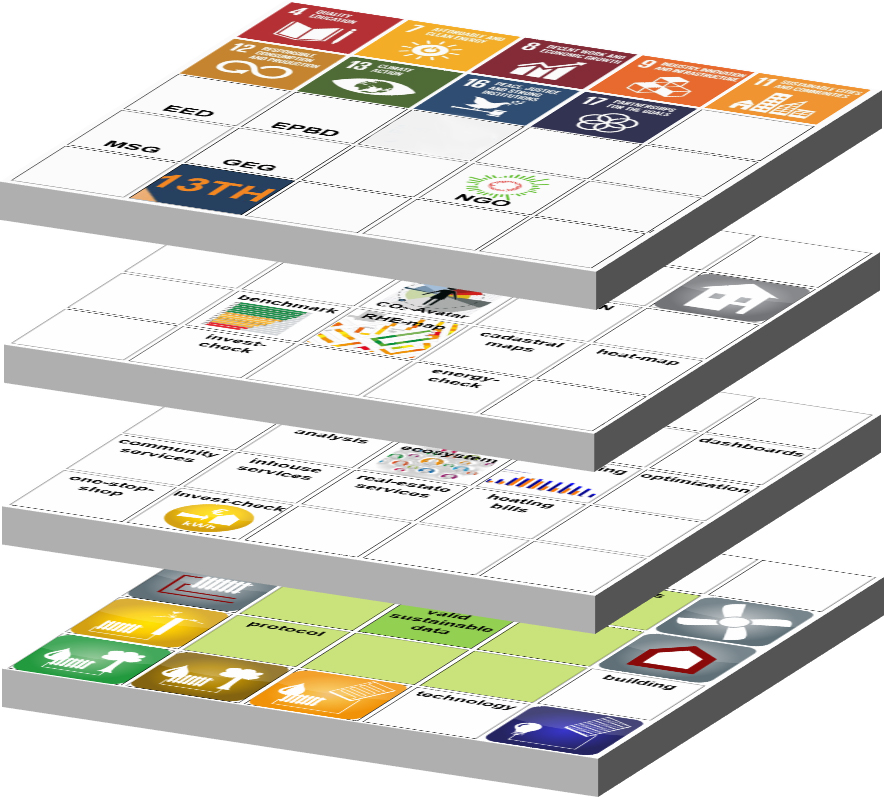
Structure of sdp (2020) with first modules for bottom-up climate protection: A start was made in the area of measurable energy consumption and the associated CO2 emissions. The open tools are available to citizens, municipalities, companies and building owners.
The sdp participants build tools on the open platform that offer their target groups advantages on the way to evidence-based climate neutrality. In addition to non-profit tools, for-profit modules enable participating companies to combine economic success and climate protection.
The CO2-Avatar is sdp’s tool for personal climate protection. The open and free web application is used to record and reduce the personal CO2 footprint. It is also used for campaigns like THE CLIMATE BET and #StopFossil.
WP-Cockpit is a free tool for monitoring the operation of heat pumps with an optional paid me-terig set.
climate-neutral buildings is the tool for decarbonizing buildings, stock and districts. It collects and visualizes cen-tral data on efficiency, energy consumption, heating costs and emissions.
Interview:
valid-sustainable-data
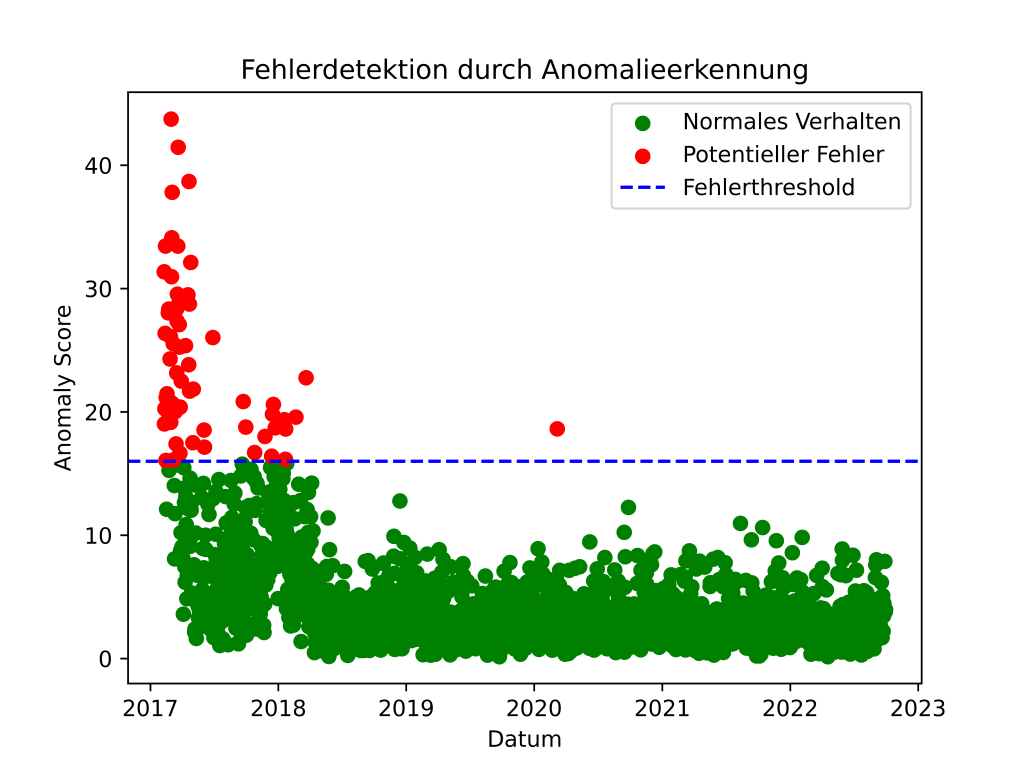
Machine learning to optimize efficient plant technology: “From the reconstruction of the daily data of a solar thermal plant, we can detect anomalies. All days that have an anomaly value above a threshold are recognized as days with potentially faulty behavior.”
Valide und unabhängige Daten helfen Wissenschaft und Bürgern bei faktenbasierten Entscheidungen
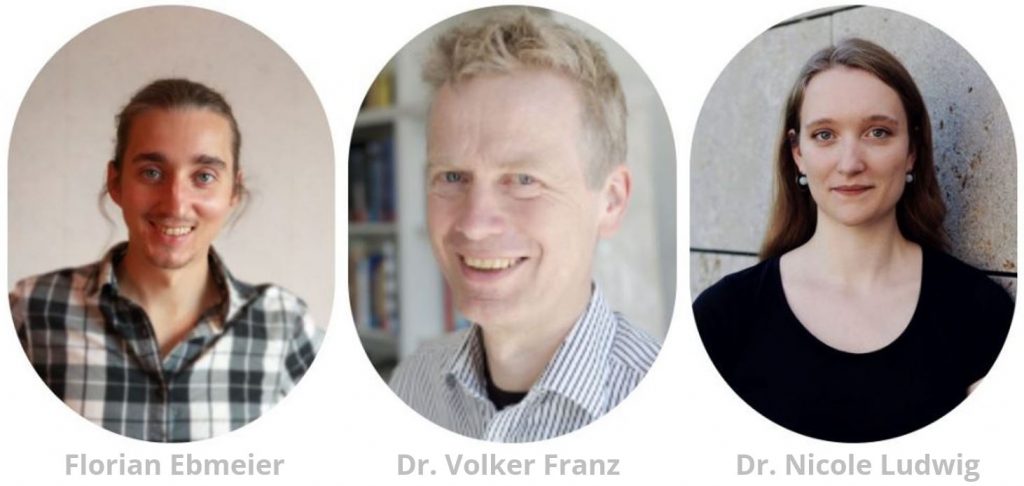
Mr. Florian Ebmeier, Prof. Dr. Volker Franz and Dr. Nicole Ludwig conduct research on machine learning at the Cluster of Excellence of the University of Tübingen and explain the benefits of valid and independent data for science in this interview.
University of Tübingen Department of Computer Science, Experimental Cognitive Science
Frage 1: Herr Ebmeier, Frau Dr. Ludwig, Herr Dr. Franz, Sie führen ein Projekt am Exzellenzcluster der Universität Tübingen zu Maschinellem Lernen und Solarthermie durch. Was treibt Sie an?
Antwort: Unsere Gesellschaft erlaubt sich derzeit einen unglaublichen Luxus: Aufgrund des verschwenderischen Umgangs mit Öl, Gas, Kohle und Kernenergie führen wir erhebliche Umweltprobleme herbei und begeben uns in große politische Abhängigkeiten. Solarthermie meint die Nutzung von ‚Sonnenwärme‘ und kann erhebliche Beiträge zur Bereitstellung von Wärme für Warmwasser und Heizung in Gebäuden leisten. Den wenigsten Menschen ist bewusst, dass über 75% des Endenergieverbrauchs eines Haushalts alleine für diese einfache Wärmeversorgung aufgewandt wird (Quelle: ec.europa.eu/eurostat). Dabei gibt es heute schon Häuser in Mitteleuropa, die komplett mit Solarthermie beheizt werden, nichts verbrennen müssen und nur minimalen Stromverbrauch haben (wenn dieser nicht ebenfalls über Photovoltaik – also Sonnenstrom – gedeckt wird).
Frage 2: Welchen Beitrag kann Solarthermie zur Wärmeversorgung leisten?
Antwort: Wir wissen heute, dass eine dramatische Reduktion des Energieverbrauchs von Häusern möglich ist. Hier steht an erster Stelle eine konsequente Wärmedämmung. Parallel kann und sollte die benötigte Wärme über Sonnenenergie bereitgestellt werde. Das ist im Sommer sehr leicht, sodass in Mitteleuropa kein Ein- oder Zweifamilienhaus mehr im Sommer Öl, Gas, Kohle, oder konventionellen Strom verwenden sollte, nur um Warmwasser bereitzustellen. Das Ziel sollte nun sein, die Jahreszeiten in denen die Wärme CO2 frei über Sonnenenergie bereitgestellt wird immer mehr auszudehnen, sodass die konventionellen Heizungen immer früher im Jahr ausgeschaltet werden und immer später erst wieder angeschaltet werden. Dafür braucht es immer bessere, effizientere und billigere Solarthermieanlagen. Der große Vorteil der Solarthermie ist, dass sie eine hohen Flächeneffizienz und eine exzellente CO2-Bilanz hat.
Frage 3: Aber warum braucht man Maschinelles Lernen? Sollen die Sonnenkollektoren in Zukunft denken können?
Antwort: Wir wollenSolarthermieanlagen effizienter und billiger machen. Das maschinelle Lernen bietet große Möglichkeiten, die Regelung der Anlagen sehr viel intelligenter zu machen als bisher und parallel ein automatisiertes Monitoring der Anlagen zu erlauben. In beiden Bereichen besteht großes Optimierungspotential. Bei der Regelung kann zum Beispiel das intelligente Verwenden von Wettervorhersagen die Effizienz steigern. Stellen Sie sich einen kalten, sonnigen Wintertag vor. Normalerweise würde die konventionelle Heizung morgens den Wärmespeicher der Heizung auf Solltemperatur bringen, sodass mittags, wenn die Sonne scheint, nur wenig Kapazität vorhanden ist, um die Sonnenwärme zu speichern. Eine intelligente Regelung würde den Wärmebedarf abschätzen, mit der Wettervorhersage abgleichen, und dann die konventionelle Heizung morgens nur soweit aktivieren wie notwendig – die restliche Wärme würde dann mittags von der Sonne kommen. Auch bei dem automatisierten Monitoring der Anlagen kann maschinelles Lernen seine Stärken ausspielen: Es kann die Anlage permanent ‚beobachten‘, eventuelle Probleme frühzeitig erkennen, und die Nutzer oder Handwerker entsprechend informieren. Wenn ein derartig engmaschiges Monitoring von einem Fachmann geleistet werden sollte, wäre das nicht bezahlbar. Sowohl intelligente Regelungen als auch automatisiertes Monitoring können daher zu erheblichen Effizienzsteigerungen führen und die nur begrenzt verfügbaren Fachkräfte durch „digitale Werkzeuge“ unterstützen.
Frage 4: Die sustainable data platform steht für Transparenz und valide Daten: Wie tragen Sie dazu bei?
Antwort: Das Erheben und Bereitstellen von validen und representativen Daten ist essentiell für die Wissenschaft und macht es erst möglich die Technologien zu entwickeln, welche wir für eine erfolgreiche Energiewende brauchen. Wir wollen Systeme entwickeln, die sowohl von Unternehmen wie auch von Einzelpersonen benutzt werden können, um effizientere und billigere Solarthermieanlagen zu ermöglichen. Eines unserer Ziele ist, zum Beispiel, für Einzelpersonen eine Webseite über die sustainable data platform zur Verfügung zu stellen, über die sie die Daten Ihrer eigenen Solarthermieanlage hochladen und automatisiert bewerten lassen können. Damit kann dann jeder seine eigene Energiewende evaluieren. Analog versuchen wir in Zusammenarbeit mit Unternehmen und der sustainable data platform weitergehende Systeme zu entwickeln. Die Idee wäre, dass ein Handwerker bei der Routinekontrolle der Solarthermieanlage eine schnelle, automatisierte Bewertung der Anlage bekommt, bei Problemen entsprechend reagieren kann und Tipps zur Optimierung der Anlage erhält. Die sustainable data platform ermöglicht es uns daher, unsere Algorithmen und Methoden transparent für jeden zugänglich zu machen.
Vielen Dank für Ihre Beantwortung der Fragen.
Question 1: Mr. Ebmeier, Dr. Ludwig, Dr. Franz, you are conducting a project at the Cluster of Excellence at the University of Tübingen on machine learning and solar thermal energy. What drives you?
Answer: Our society currently allows itself an incredible luxury: due to the wasteful use of oil, gas, coal and nuclear energy, we are causing significant environmental problems and placing ourselves in great political dependencies. Solar thermal means the use of ‘solar heat’ and can make significant contributions to providing heat for hot water and heating in buildings. Few people are aware that over 75% of a household’s final energy consumption is spent on this simple heat supply alone (source: ec.europa.eu/eurostat). Yet there are already houses in Central Europe today that are heated entirely with solar thermal energy, do not need to burn anything, and have only minimal electricity consumption (if this is not also covered by photovoltaics – i.e. solar power).
Question 2: What contribution can solar thermal energy make to heat supply?
Answer: We know today that a dramatic reduction in the energy consumption of houses is possible. The first step here is consistent thermal insulation. In parallel, the required heat can and should be provided by solar energy. This is very easy in the summer, so that in Central Europe no one or two-family house should use oil, gas, coal, or conventional electricity in the summer just to provide hot water. The goal should now be to extend the seasons in which the heat is provided CO2 free by solar energy, so that the conventional heating systems are switched off earlier and earlier in the year and are switched on again later and later. This requires better, more efficient and cheaper solar thermal systems. The great advantage of solar thermal energy is that it has a high area efficiency and an excellent CO2 balance.
Question 3: But why is machine learning needed? Should solar panels be able to think in the future?
Answer: We want to make solar thermal systems more efficient and cheaper. Machine learning offers great opportunities to make the control of the plants much more intelligent than before and to allow automated monitoring of the plants in parallel. There is great potential for optimization in both areas. In control, for example, intelligently using weather forecasts can increase efficiency. Imagine a cold, sunny winter day. Normally, conventional heating would bring the heating system’s heat storage tank up to setpoint temperature in the morning, leaving little capacity to store the sun’s heat at midday when the sun is shining. An intelligent control system would estimate the heat demand, match it with the weather forecast, and then activate the conventional heating only as much as necessary in the morning – the remaining heat would then come from the sun at noon. Machine learning can also play to its strengths in the automated monitoring of the plants: It can ‘observe’ the system per-manently, detect any problems at an early stage, and inform the users or tradesmen accordingly. If such close-meshed monitoring were to be carried out by a specialist, it would not be affordable. Both intelligent controls and automated monitoring can therefore lead to considerable efficiency gains and support the limited availability of specialists with “digital tools”.
Question 4: The sustainable data platform stands for transparency and valid data: How do you contribute to this?
Answer: The collection and provision of valid and representative data is essential for science and makes it possible to develop the technologies we need for a successful energy transition. We want to develop systems that can be used by companies as well as individuals to enable more efficient and cheaper solar thermal systems. One of our goals is, for example, to provide a website for individuals via the sustainable data platform, where they can upload the data of their own solar thermal system and have it evaluated automatically. This will allow everyone to evaluate their own energy transition. Similarly, we are trying to develop more advanced systems in cooperation with companies and the sustainable data platform. The idea would be that a craftsman gets a quick, automated evaluation of the solar thermal system during the routine check, can react accordingly in case of problems and receives tips for optimizing the system. The sustainable data platform therefore enables us to make our algorithms and methods transparently accessible to everyone.
Thank you very much for answering the questions.
Interview:
Platform economy
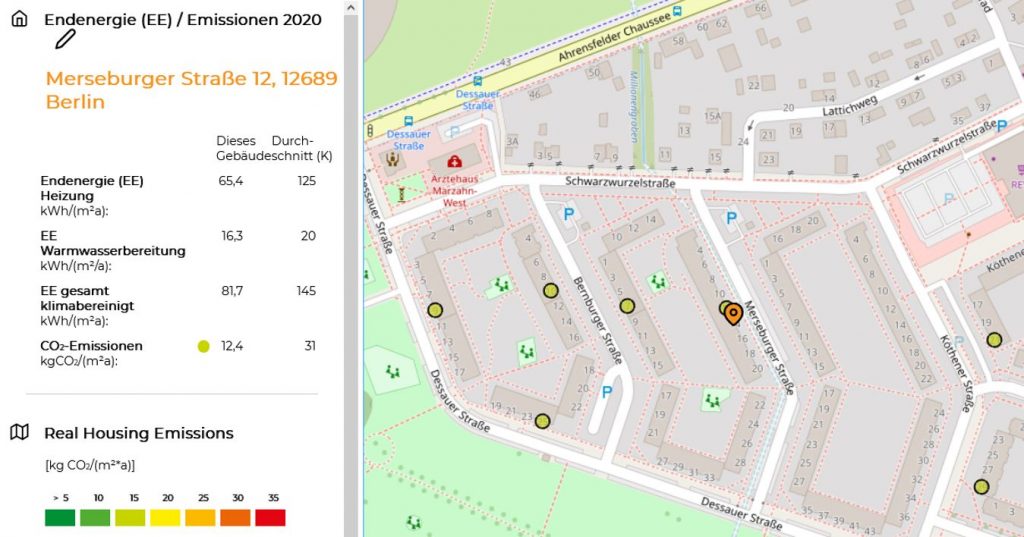
For European open, secure data standards that are free of special interests

Matthias Schmitz-Peiffer is CEO of HoWoGe Wärme GmbH, which supplies heating to around 73,500 apartments in Berlin. On the way to becoming a climate-neutral neighborhood, the aim is to identify and implement optimal climate-neutral neighborhood solutions in new and existing buildings.
In day-to-day business, he sees a variety of platform approaches, from waste heat recovery to charging stations. In the interview, he explains the need for common verification-based standards.
Matthias Schmitz-Peiffer, HoWoGe Wärme, Berlin
Question 1: Mr. Schmitz-Peiffer, you are responsible for supplying heat to over 70,000 apartments in Berlin. Which climate protection goals are you pursuing and which measures are you taking to implement them?
Answer: In the current sustainability report of HOWOGE Wohnungsbaugesellschaft mbH for the year 2021, we have stated the CO2 intensity in the building stock for space heating and hot water at approx. 17 kg CO2/(m²*year).
We are currently developing a climate protection strategy. It is already becoming apparent that we are probably heading for a target value for the year 2045 of less than 2 kg CO2/(m²*year). These values can be easily and automatically determined for each building or neighborhood by taking the consumption from an energy supplier’s bill for district heating, natural gas or electricity and multiplying it by the published CO2 figure.
The weather can be different every year. With a slight calculation to adjust for climatic variations, the years can be compared.
Solutions must be tailored to each building and neighborhood. This starts with taking in and storing rainwater locally, using more wood and less concrete in new buildings, and ends with landscape planning that takes into account the needs of city-dwelling animals. Buildings and mobility have to be thought together, e.g. charging possibilities and sharing offers. For heating or cooling, we need low-temperature concepts with, for example, large heating surfaces. The energy supply for space heating, hot water and electricity in new buildings must be climate-neutral, if possible with 0 kg CO2/(m²*year).
It is important to insulate our existing building stock in a targeted manner and to operate the most efficient and standardized power plant technology for district heating and natural gas. Where possible and economically feasible, heat pumps and heat recovery should be installed. Analogously, solar, wind and storage systems are to be used.
Question 2: The sdp stands for transparency and valid data: What role do open evidence-based standards play in achieving climate protection targets in a socially responsible manner?
Response: The implementation of socially acceptable climate neutrality is a major task. This task becomes more difficult the closer we get to the goal.
Clear goals and readily available information on how to reach the goal and on the time dimension will support the actors in taking the right action. The actors are not only the builders and operators of real estate, but all of us with our personal carbon footprint in life.
Question 3: Data is the basis of every decision, it can accelerate processes and, as the “gold of the future,” it is subject to numerous interests. In day-to-day business, their collection, structuring, analysis, maintenance and use causes a lot of work. What solutions are you striving for in order to use digitization to sustainably achieve your climate protection and corporate goals?
Answer: We need a structured facility management database to map the central energy supply systems and standardized automation that is prepared for sector coupling. Communication and overarching control technology also require standards.
In addition, we want to set up a monitoring platform with geodata, for example, to make heat sources and unavoidable waste heat visible and to make selected building data visible to many users at regular intervals.
Thank you for your response.
Call for action:
We need your support
Support the sustainable data platform to meet climate protection targets in the building stock
The sdp wants to create a standard for a protected EU data space in which data is used under the highest level of data protection and exclusively in the sense of the transformation to climate neutrality. It will be available to all actors offering measures and tools for the transformation to climate neutrality, ensuring that data is processed using proven, recognized and transparent methods. It is available to policymakers – from municipalities to the federal government – to base their decisions on facts rather than lobbying influences.
The sustainable data platform has been developed in an agile manner as a voluntary initiative since 2020. In order to achieve the climate protection goals in the face of scarce resources and time pressure, the cooperation of many platforms, data providers and users is necessary. We therefore invite you to the development of an efficient platform economy to support citizens and politics.
In order to stabilize the growing platform, the foundation of a European cooperative was discussed at the sdp annual meeting 2022, which is financed by services of the platform (… inform (DE)).

Support the idea of an open platform for evidence-based climate protection, e.g. by expanding the spectrum of your foundation’s work. Contact us to explore concrete possibilities for your participation.

